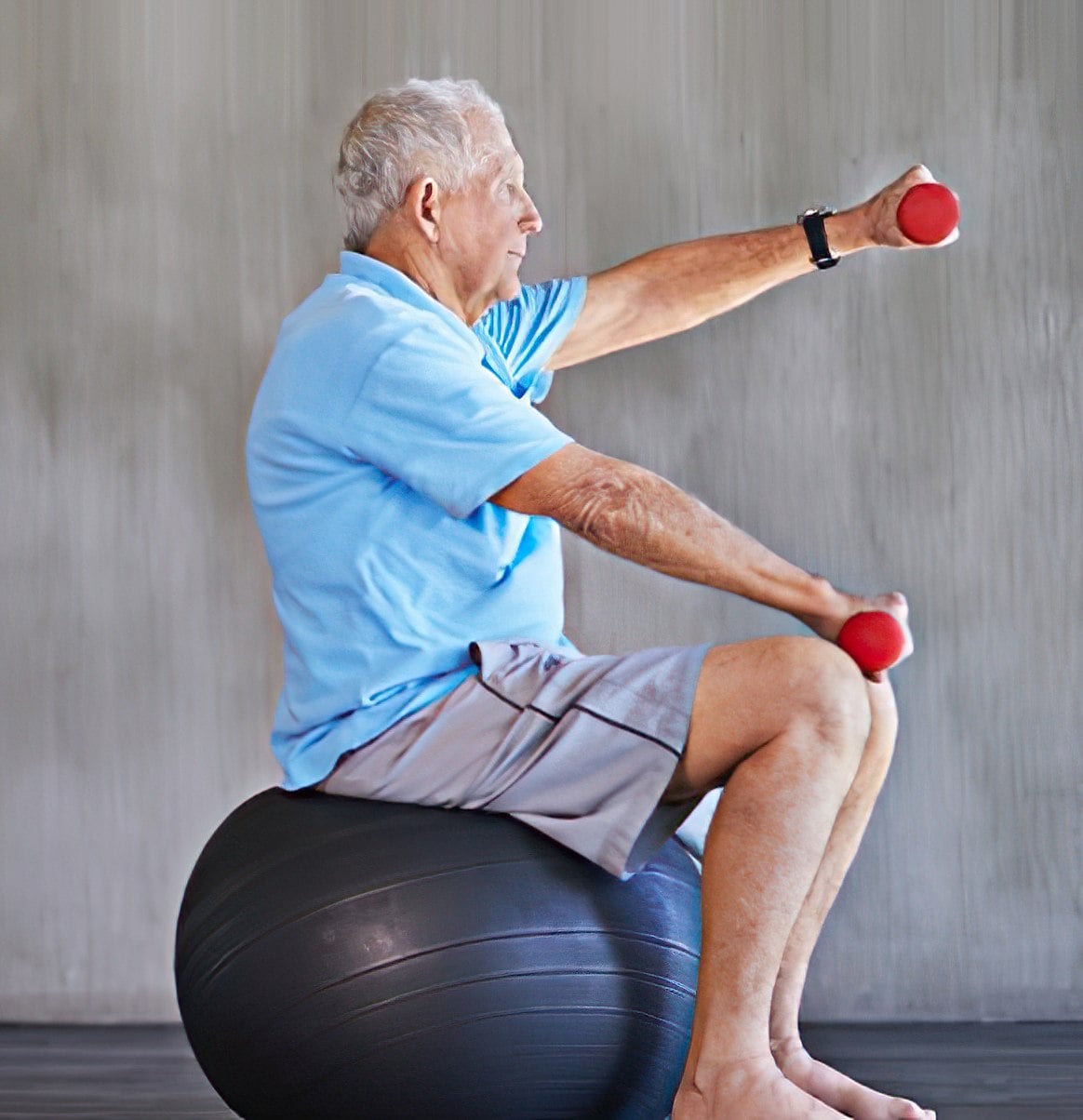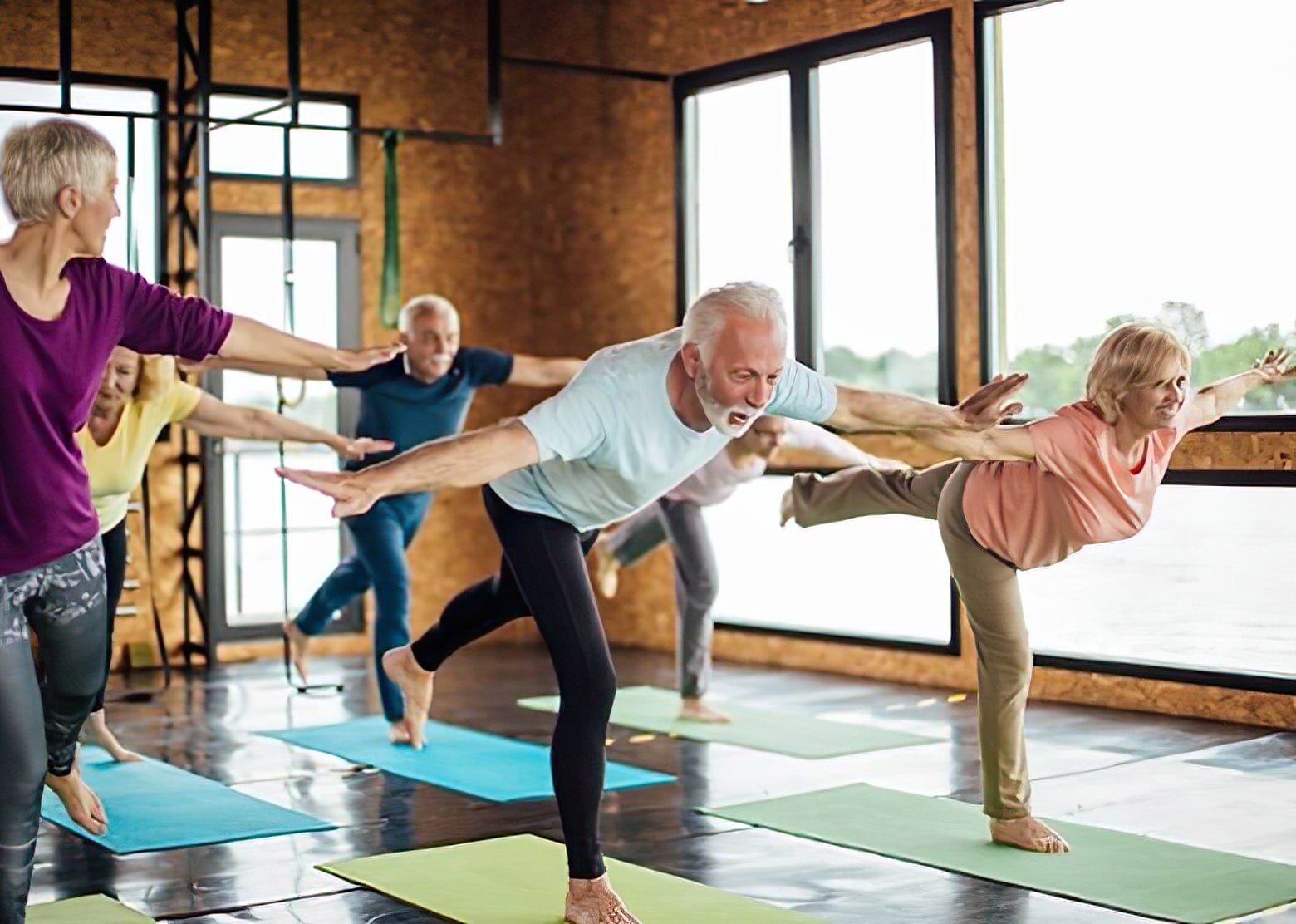Exercise Physiology for Falls Prevention
How can exercise help with falls prevention?
Have you been feeling a bit wobbly or unsteady while walking? Or have you recently experienced a fall? Many of us take balance for granted, especially when we are younger, and it is often something we don’t think about until something happens that makes us realise we may be a bit unsteady. As we get into our later years in life, the risk and prevalence of falls increase and can lead to a loss of function and sometimes life-threatening injuries. Around one-third of people over 65 in a community setting will have at least one fall within a year, with 10% likely to result in a skeletal fracture. Falls can result in permanent disability, loss of mobility, loss of confidence, and fear of falling, all of which reduce the quality of life and independence. Furthermore, this can cause a financial strain on older adults and their families as a high risk of falls is one of the most common reasons for being admitted into residential care. Therefore, as we age, it is essential that we take steps to maintain and improve our balance to reduce our risk of experiencing a fall.

Why does our falls risk increase as we age?
There are many factors at play when it comes to the risk of falls in older adults. For example, certain neurological conditions, such as Parkinson’s disease and multiple sclerosis, increase an individual’s fall risk. In addition, certain medications can increase the risk of falls, and being on multiple medications can increase this risk even further. One of the most significant risk factors for falls in older adults is a decline in physical function and strength due to age-related degenerative changes and inactivity.
Other factors for increasing falls may include:
- Poor balance
- Slower reaction time
- Muscle weakness
- Poor eyesight
- Reduced sensation in upper and lower limbs
- Limitations in activities of daily living (e.g., feeding and dressing oneself)
- Declining cognition
How Does Exercise Prevent Falls?
Fortunately, a vast body of evidence supports exercise to decrease the risk of falls in older adults by improving their strength, gait control, balance, confidence, and walking speed – as well as psychological factors such as mental ability and mood. Exercise reduces the risk of falls in older adults by 23% compared to older adults not participating in regular exercise. During exercise training, the risk of falls is increased as the patient is challenged. As such, the prescribed exercise needs to challenge the client safely in order to improve their balance in the long term. This is why it is important to have a safe and effective exercise program tailored to the individual to ensure their safety.
What Exercise is Best?
Community-dwelling older adults with a substantial risk of falls (e.g., with frequent falls or mobility problems) should engage in exercise programs that include balance training to reduce the risk of injury from falls. Effective exercise interventions must be performed regularly, be of sufficient duration (at least 2 hours per week) and be ongoing. These factors increase the chance of exercise successfully preventing falls.
Balance exercises may involve controlled body movements while standing with the feet close together (or standing on one leg), with as little arm support as possible. Balance exercises should be safe but also challenging.
In addition to balance training, strength training also plays a role in preventing falls as strength declines steadily after age 40. Lower limb muscle strength is a significant risk factor for falls. Therefore, strength training is critically essential for deconditioned individuals, for whom increased strength will likely result in improved function. Simple initial specific strength training exercises may include heel stands, toe stands, hip abduction with added weights to increase intensity and/ or unsupported sit-to-stand – transitioning to more formal and potentially challenging exercise depending on the individual’s response and improvements.
How can you Test your Balance at Home?

Here is a quick test you can try at home to see how good your balance is:
- First, ensure you’re in a safe and controlled environment where you can’t fall. Ideally, at the kitchen bench, near a chair, or standing near a wall to catch yourself.
- Stand on one leg with your eyes open for at least 30 seconds.
- If you can achieve 30 seconds with your eyes open, now try standing on one leg with your eyes closed for 30 seconds.
How did you go? Were you able to stand for longer than 30 seconds, or were you finding it challenging to maintain your balance for 10 seconds? Did you have to use your other foot or hands to support yourself, or did you see yourself standing on one leg with your eyes open and closed quickly? If you found it difficult, that’s okay.
At Inertia Health Group, our Exercise Physiologists can help you improve your balance through an individualised program.
Extensive evidence demonstrates that many falls are preventable and that exercise is an effective intervention. Qualified exercise professionals such as our Exercise Physiologists at Inertia Health Group are well placed to implement the research evidence to prescribe and supervise specific exercise programs aimed at improving balance, conditioning, and preventing falls in healthy older people looking to reduce their risks and maximise their health and those who may have or be experiencing falls or those with comorbidities that may be inhibiting their health.
References
https://exerciseright.com.au/falls-prevention/
https://www.essa.org.au/wp-content/uploads/2015/10/Ex-Falls-Prevention-in-Older-People.pdf
Sherrington C, Fairhall NJ, Wallbank GK, Tiedemann A, Michaleff ZA, Howard K, Clemson L, Hopewell S, Lamb SE. Exercise for preventing falls in older people living in the community. Cochrane Database of Systematic Reviews 2019, Issue 1. Art. No.: CD012424. DOI: 10.1002/14651858.CD012424.pub2.
